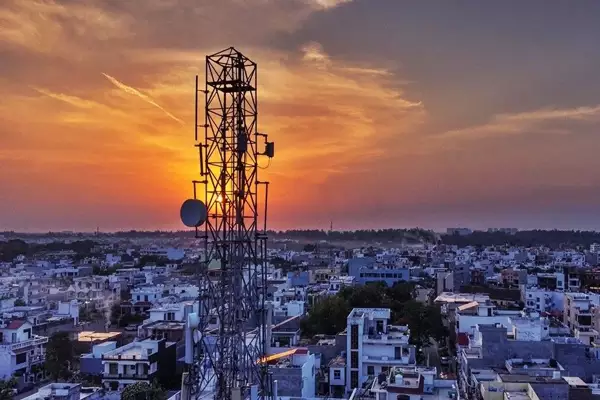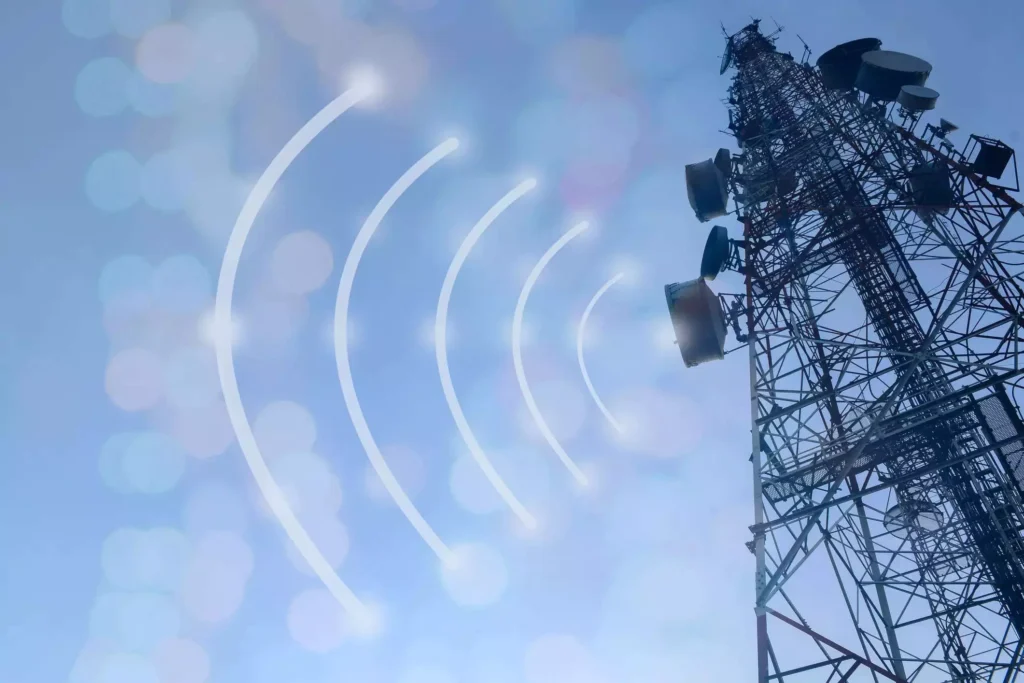Table of Content
- What is Digital Bharat Nidhi (DBN)?
- What is the main goal of the Digital Bharat Nidhi projects?
- Why is the Digital Bharat Nidhi being introduced?
- How will the Digital Bharat Nidhi work?
- What will an “administrator” do in this new system?
- How does the Telecom Bill affect modern governance?
- Conclusion
What is Digital Bharat Nidhi (DBN)?
- It is a fund that aims to improve telecom connectivity in rural areas.
- It was created by charging all telecom operators a 5% levy on their earnings to help expand telecom services in less profitable rural areas.
- It will replace the Universal Service Obligation Fund (USOF), which remained underutilized most of the time.
What is the main goal of the Digital Bharat Nidhi projects?
- The projects will aim to provide targeted telecom services to underserved groups like women, people with disabilities, and economically weaker sections.
- They’ll also support innovation and the development of new telecom technologies and standards.
Why is the Digital Bharat Nidhi being introduced?
- The government wants to use the Digital Bharat Nidhi to broaden the scope of funding for telecom services, reaching more remote and underserved areas where it’s not profitable for private companies to offer services.
- The Telecommunications Bill, 2023 was introduced to repeal The Indian Telegraph Act, 1885. It align with the government’s vision of a “Digital Bharat.”
How will the Digital Bharat Nidhi work?
- Money collected from telecom companies will go into the Consolidated Fund of India first, and then it will be moved to the Digital Bharat Nidhi as needed.
- This fund will help expand telecom services in rural and remote areas, fund research and development, and support projects that improve connectivity.
What will an “administrator” do in this new system?
- An administrator appointed by the Centre will oversee the funding process.
- They will choose “DBN implementers” through bidding or applications, and decide how much funding each project gets.
How does the Telecom Bill affect modern governance?
- The bill introduces changes like replacing “licensing” with “authorisation” and includes provisions that could increase government control over digital communications, affecting messaging apps and other telecommunications services.
- The bill addresses the national security issues and user identification.
Conclusion
The Digital Bharat Nidhi (DBN) is a fund established to enhance telecom connectivity in India’s rural and remote areas, addressing the challenges of providing services in less profitable regions. By replacing the underutilized Universal Service Obligation Fund (USOF), DBN aims to create a more effective mechanism for expanding telecom infrastructure and services.
Ref: Source
| UPSC IAS Preparation Resources | |
| Current Affairs Analysis | Topperspedia |
| GS Shots | Simply Explained |
| Daily Flash Cards | Daily Quiz |
Frequently Asked Questions:
What is Digital Bharat Nidhi (DBN)?
Digital Bharat Nidhi is a fund created to improve telecom connectivity in rural areas by charging telecom operators a 5% levy on their earnings.
What is the main goal of Digital Bharat Nidhi projects?
The main goal of DBN projects is to provide targeted telecom services to underserved groups and support innovation in new telecom technologies.
Why was Digital Bharat Nidhi introduced?
DBN was introduced to broaden funding for telecom services in remote areas where it’s not profitable for private companies to offer services.
How will Digital Bharat Nidhi projects help underserved groups?
DBN projects will help underserved groups like women, people with disabilities, and economically weaker sections access essential telecom services.
What will Digital Bharat Nidhi replace?
Digital Bharat Nidhiwill replace the underutilized Universal Service Obligation Fund (USOF) to efficiently expand telecom services in less profitable rural areas.



